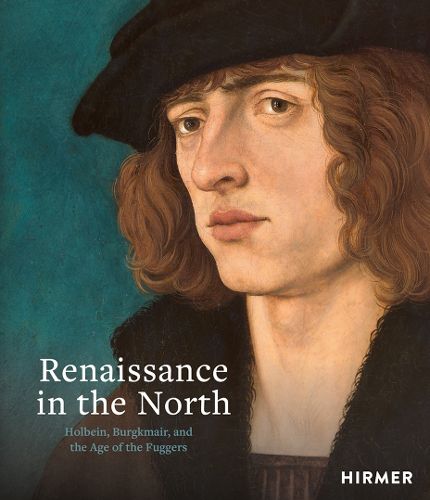Readings Newsletter
Become a Readings Member to make your shopping experience even easier.
Sign in or sign up for free!
You’re not far away from qualifying for FREE standard shipping within Australia
You’ve qualified for FREE standard shipping within Australia
The cart is loading…






Illustrious turning point - Augsburg as the centre of the German Renaissance.
Hans Holbein the Elder and Hans Burgkmair are regarded alongside Albrecht Duerer as the forerunners of Renaissance painting in Germany. The prosperous Imperial and trading city of Augsburg was an important centre during this artistic golden age. By means of high-quality works this volume presents a comprehensive insight into the epochal revolution from the Middle Ages to the modern age.
Augsburg was influenced by the humanist culture of Italy from an early stage. Thanks to the art-loving trading houses with international operations like the Fuggers, as well as the long sojourns of Emperor Maximilian I and the frequent Imperial diets, the city offered artists like Holbein the Elder and Burgkmair an ideal setting for the development of a new form of art. Together with the works of Duerer, Holbein the Younger and others, many of their most important works bear witness to the highly fertile and yet contrasting ways in which the two artists adopted the Italian Renaissance.
$9.00 standard shipping within Australia
FREE standard shipping within Australia for orders over $100.00
Express & International shipping calculated at checkout
Illustrious turning point - Augsburg as the centre of the German Renaissance.
Hans Holbein the Elder and Hans Burgkmair are regarded alongside Albrecht Duerer as the forerunners of Renaissance painting in Germany. The prosperous Imperial and trading city of Augsburg was an important centre during this artistic golden age. By means of high-quality works this volume presents a comprehensive insight into the epochal revolution from the Middle Ages to the modern age.
Augsburg was influenced by the humanist culture of Italy from an early stage. Thanks to the art-loving trading houses with international operations like the Fuggers, as well as the long sojourns of Emperor Maximilian I and the frequent Imperial diets, the city offered artists like Holbein the Elder and Burgkmair an ideal setting for the development of a new form of art. Together with the works of Duerer, Holbein the Younger and others, many of their most important works bear witness to the highly fertile and yet contrasting ways in which the two artists adopted the Italian Renaissance.